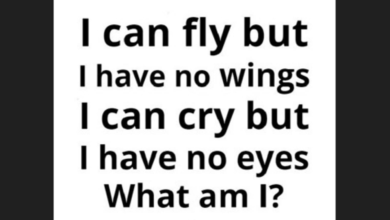Gigantic 1.5 foot long rat caught on trap camera. See pic | Trending

For the first time, researchers from the University of Melbourne, Solomon Islands National University, and Zaira Village, Vangunu, caught camera trap photographs of the critically endangered Uromys vika, a gigantic rat that can grow up to 1.5 feet long. Yes, you read that right. 1.5 foot long rat caught on camera. (University of Melbourne. ) According to the University of Melbourne, the species was first identified in 2017 and is only known from a single physical specimen. The uncommon big rat is at least twice as large as a typical rat, and is said to be able to chew on coconuts with its teeth. Dr Tyrone Lavery from the School of Biosciences at the University of Melbourne said the Vangunu giant rat was the first new species of rodent described from the Solomon Islands in over 80 years. He says, “Capturing images of the Vangunu giant rat for the first time is extremely positive news for this poorly known species. This comes at a critical juncture for the future of Vangunu’s last forests – which the community of Zaira have been fighting to protect from logging for 16 years.” He further added, “The images show the Vangunu giant rat lives in Zaira’s primary forests, and these lands (particularly the Dokoso tribal area) represent the last remaining habitat for the species. Logging consent has been granted at Zaira, and if it proceeds it will undoubtably lead to extinction of the Vangunu giant rat. For decades anthropologs and mammalogs alike were aware of this knowledge, but periodic efforts to scientifically identify and document this species were fruitless.” The Vangunu people’s knowledge of Uromys vika served as a guide for fieldwork, according to senior author Kevin Sese of the Solomon Islands National University. Using camera traps, they were able to obtain 95 photos of what turned out to be four dinct individuals in their forest habitat, reports the University of Melbourne. “We thank the community of Zaira for unwavering commitment to conserve their forests and reefs in the face of continuous attempts to undermine this commitment, and for their support of this research. We hope that these images of U. vika will support efforts to prevent the extinction of this threatened species, and help improve its conservation status,” said Sese.







